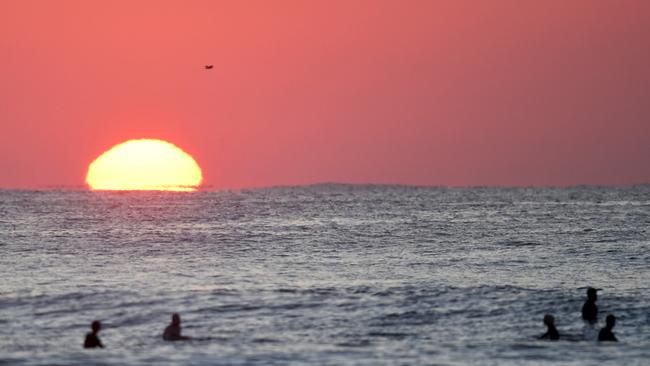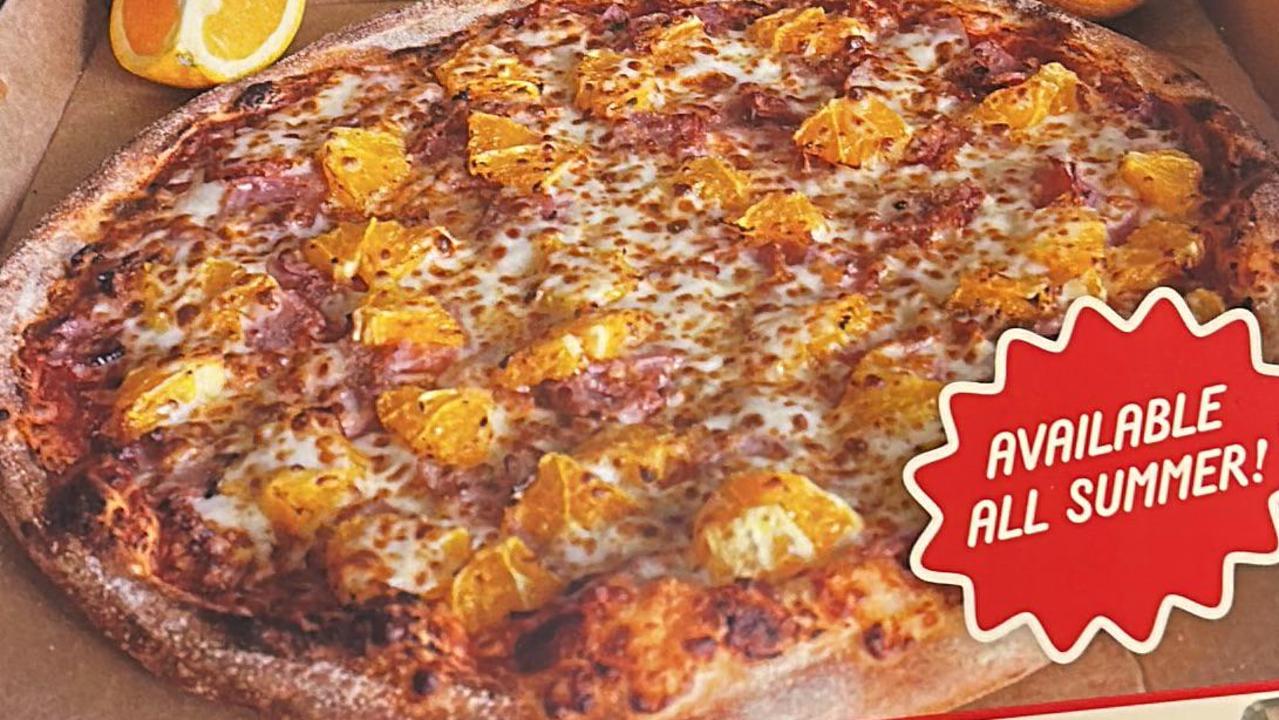Daylight saving has ended, here's what you need to do
Another period of daylight saving has come to an end. This is what to expect and what you need to do.

Lifestyle
Don't miss out on the headlines from Lifestyle. Followed categories will be added to My News.
Anyone who could stand to get an extra hour of sleep can enjoy this weekend as another period of daylight saving comes to a close.
Ending on the first Sunday of April each year — that’s today — clocks in most of the nation’s states and territories will go back an hour.
That will mean both earlier sunrises and sunsets.
New Zealand also ends daylight saving on Sunday, while Europe, the UK, the US and Canada moved their clocks an hour forward in March.
Daylight saving is observed by around 40 per cent of the world.

When does daylight saving end?
For most of the country, daylight saving will finish on Sunday, April 2 at 3am local time.
It won’t return until 2am on Sunday, October 1.

Which parts of the country will be affected?
There will be no need for anyone in Queensland, the Northern Territory or Western Australia to wind back their clocks, as these regions do not observe daylight savings.
However, for residents in Victoria, NSW, the Australian Capital Territory, Tasmania and South Australia, clocks will all go backwards by one hour on Sunday.
This means that at 3am clocks will be wound back to 2am, giving these Aussies an extra hour of shut-eye.
Clocks will not be wound forward by an hour until October when daylight saving ends.

What will the new time differences be between states and territories?
Time zones actually get a little more straightforward without daylight saving, as the nation drops two of the five time zones in place during summer.
From Sunday, NSW, Victoria, the Australian Capital Territory, Tasmania and Queensland will all be on Australian Eastern Standard Time (AEST).
The Northern Territory, South Australia, and interestingly the outback NSW town of Broken Hill will all be half an hour behind on Australian Central Standard Time (ACST).
Western Australia will be a full two hours behind the AEST states and territories on Australian Western Standard Time (AWST).
Originally published as Daylight saving has ended, here's what you need to do


